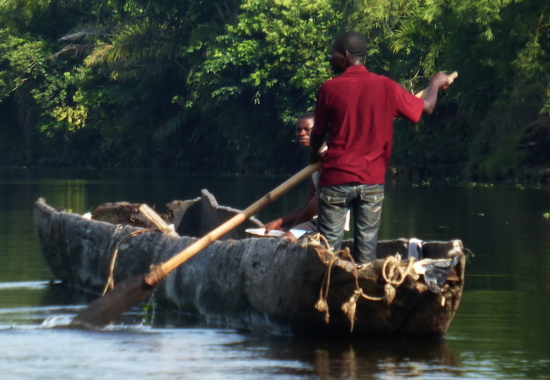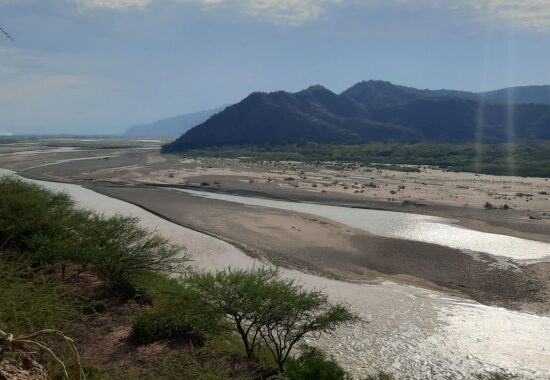We limit the negative impact of climate change when it comes to access to water. We do this by protecting ecosystems that affect the availability of water not only locally, but also globally.
Trees release water, so rainforests pump an enormous amount of water into the air, which later falls as rain elsewhere. Clearing forests locally causes the soil to dry out, but also disrupts the water cycle in other areas. For example, the disappearance of a piece of Congolese rainforest could mean that it rains less in western Africa.
Ecosystems such as swamps also influence the water cycle and the climate. They provide cooling and flood space and trap an enormous amount of greenhouse gases. If we dry up water-rich ecosystems, these greenhouse gases are also released.

What we do?
- Protecting rainforests and páramo (a spongy ecosystem in the Andes), by focusing on sustainable agriculture and alternative sources of income.
- Adapting to climate change with the help of nature mangroves, wetlands and swamp areas protect communities from flooding.
- Urban greening: this way cities cool down better and water can infiltrate into the ground.
- (…)




